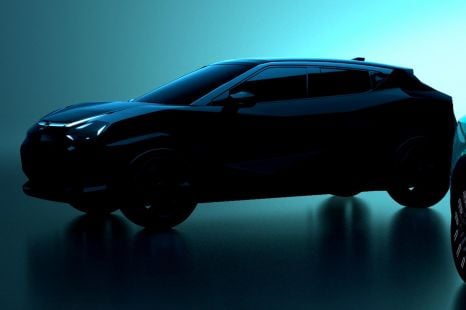

Damion Smy
Nissan Juke EV will use Leaf platform, due in 2026 - report
10 Hours Ago
There's plenty to like about the new Peugeot 2008 not the least of which is the way it looks. It goes well, but pricing seems a bit high.

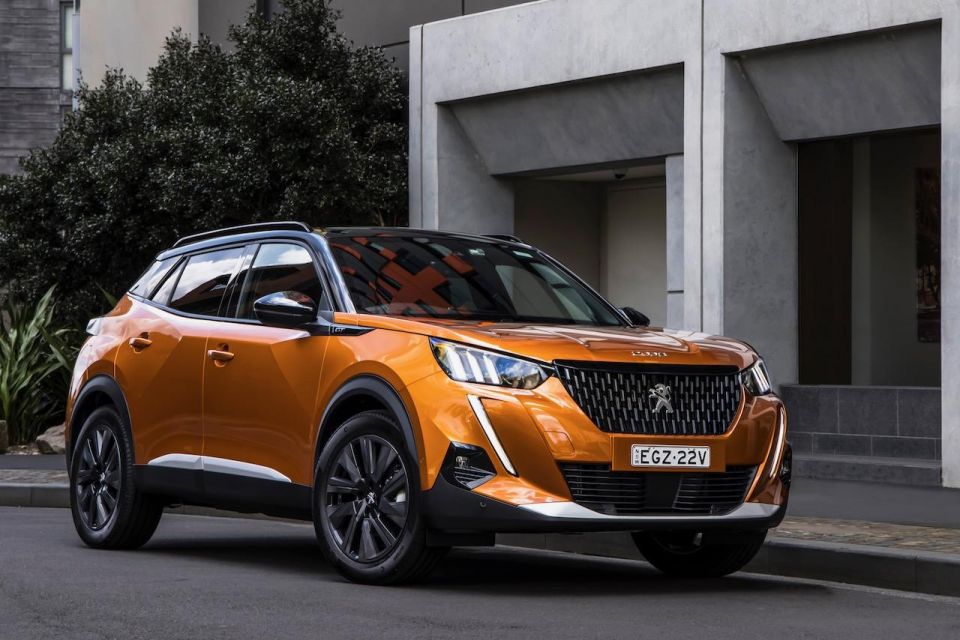

Senior Road Tester

Senior Road Tester


Senior Road Tester

Senior Road Tester
Where expert car reviews meet expert car buying – CarExpert gives you trusted advice, personalised service and real savings on your next new car.
It’s hard to believe Peugeot has been manufacturing pepper grinders, bicycles, motorbikes, scooters, cars, trucks, and race cars for more than 210 years and is still going strong with attention-grabbing designs like the all-new 2008.
We got a hint of the company’s new design language back in 2017 in France, driving the freshly-faced 3008 and 5008 SUVs over several hundred kilometres where we were impressed by not only the avant-garde designs, but also by the chassis and innovative cabins.
It followed up with the striking 508 sedan and wagon in 2019, while facelifted versions of the 3008 and 5008 will arrive in 2021. This latest and second-generation 2008 fills out Peugeot’s SUV line-up.

The first-generation version launched here in 2013 will be remembered for its contemporary looks, innovative cabin, and excellent on-road manners.
It was always a favourite for the way it handled and rode, as well as the level of practicality it afforded in such a small package. It added a big dollop of fun to what was a rather dull segment at the time.
The new version has plenty going for it, with a cutting-edge design built on Peugeot’s latest Common Modular Platform (CMP) architecture, which sees the 2008 grow longer and wider with a longer wheelbase. It has a slightly lower roof, though, for a slicker profile that’s more hatchback than bulky four-wheel drive.
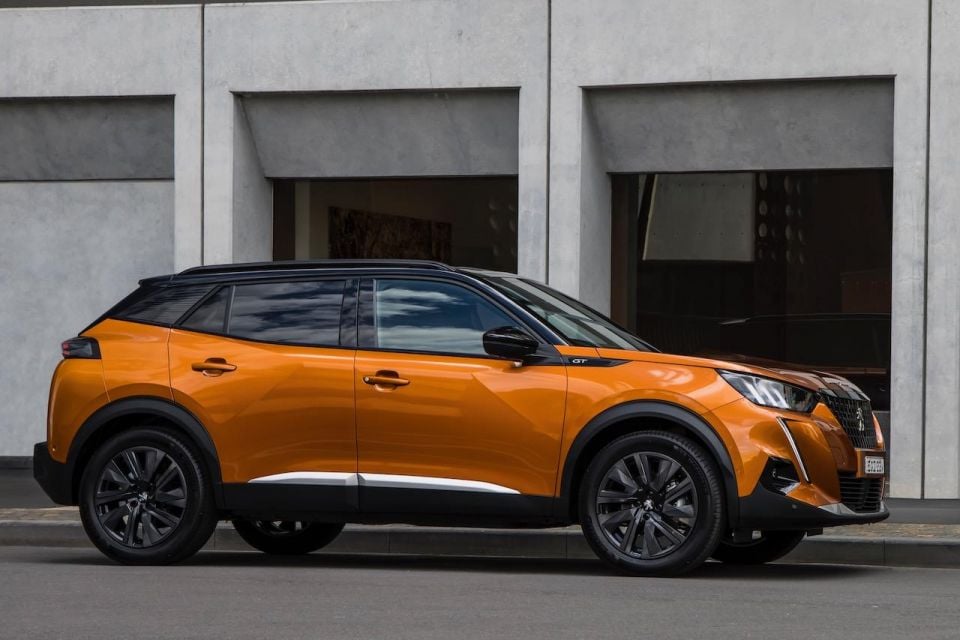
It also debuts Peugeot’s latest 3D i-Cockpit with a configurable 3D instrument display, high-definition infotainment screen, and the hallmark pint-sized steering wheel set-up.
For Australia, Peugeot has simplified the 2008 range by offering just two trims: the entry-level Allure and the top-spec GT Sport. Both use the same 1.2-litre turbocharged three-cylinder petrol engine but in two states of tune, mated to either a six-speed or eight-speed automatic transmission.
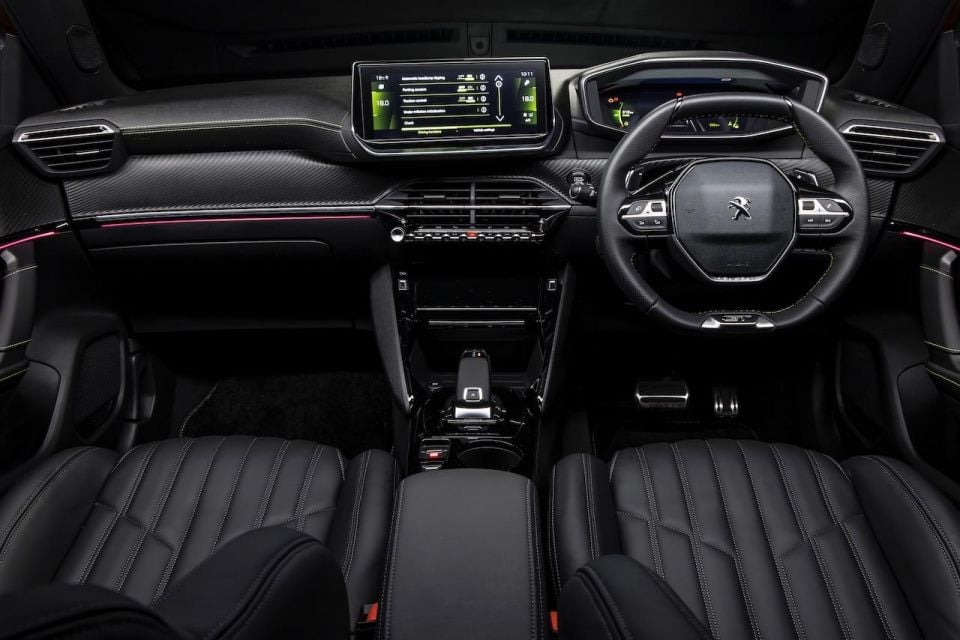
Peugeot makes no secret of the fact that it wants to shake up the Light SUV segment. Given the engineering, design, equipment, and safety features on offer in the new 2008, it’s in with a good shot.
It’s a smart move offering just two variants, kicking off with the 2008 Allure from $34,990 before on-road costs and moving to the top-shelf GT Sport priced from $43,990 before on-roads.
Both variants are well-equipped for the segment and options are limited to an electric sunroof for the GT Sport ($1990).
The Allure includes a choice of six exterior colours. Bianca White is a no-cost option, while Onyx Black, Artense Grey, and Platinum Grey cost $690, and Elixir Red and Vertigo Blue cost $1050.
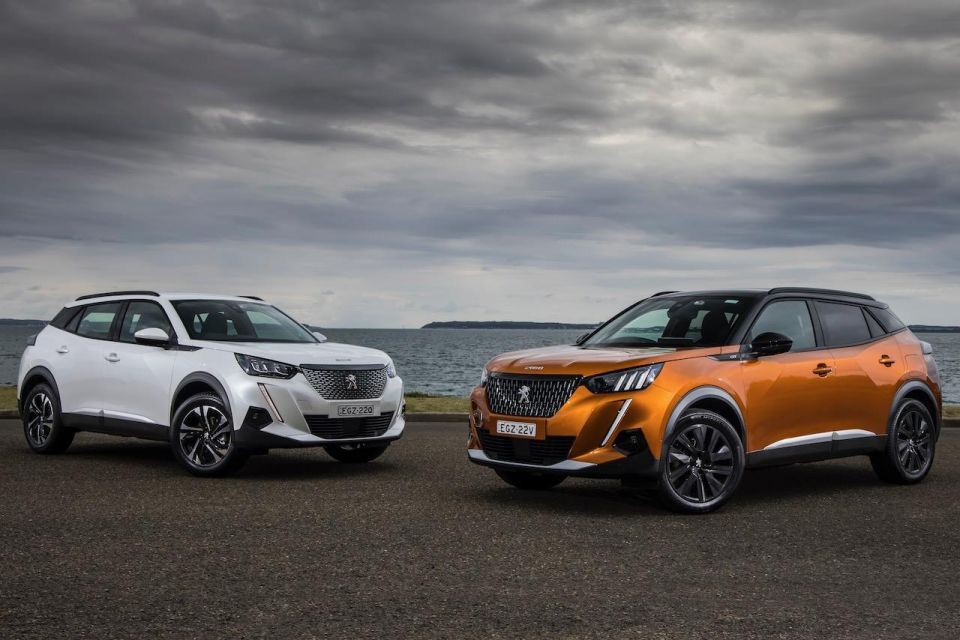
2008 GT Sport buyers get to choose between seven colours. Orange Fusion is the no-cost option, while the rest of the palette is priced the same as on the base model.
Rivals? The Mazda CX-3 Akari is priced from $35,950 before on-roads or $37,950 for the all-wheel drive version. The Volkswagen T-Cross tops out at $30,990 before on-roads, while the Hyundai Venue is cheaper with a top-shelf price of $25,990 for the Elite.
If you fancy even more French flair, there’s the Citroen C3 Aircross priced from $34,990 before on-roads but with special drive-away prices at $29,990 including five years of free scheduled servicing.
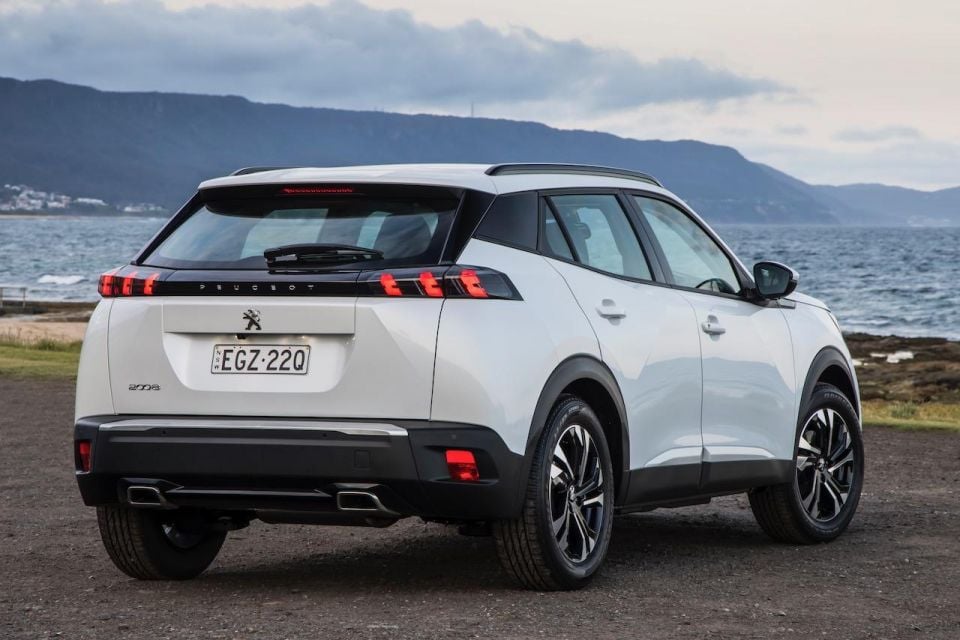
Additional competition will come from Skoda’s new Kamiq. Classed in the small SUV category, it’s slightly shorter than the 2008 but with stacks of equipment and a drive-away price from $27,990 for the manual, or $34,190 before on-roads for the range-topping 110TSI Monte Carlo.
Buy your new car without the stress. It's fast, simple and completely free.

Great service from Travis and team, second time I have used this business would not hesitate to recommend them to anyone
Craig C.
Purchased a Ford Ranger in Sunshine Coast, QLD
CarExpert helped Craig save thousands on his Ford Ranger, now let us save you on your next new car.
Find a dealIt might be a smart-looking SUV, but the Peugeot 2008 isn’t exactly cheap. Good thing it’s well equipped, even at the entry-level.
The base Allure comes standard with features like gloss black roof bars, a body-coloured rear spoiler, twin chrome exhaust tips, LED headlights with fog lights and cornering function, puddle lights, and LED taillights with Peugeot’s trademark claw signature, along with 17-inch diamond-cut alloy wheels and automatic lights and wipers.
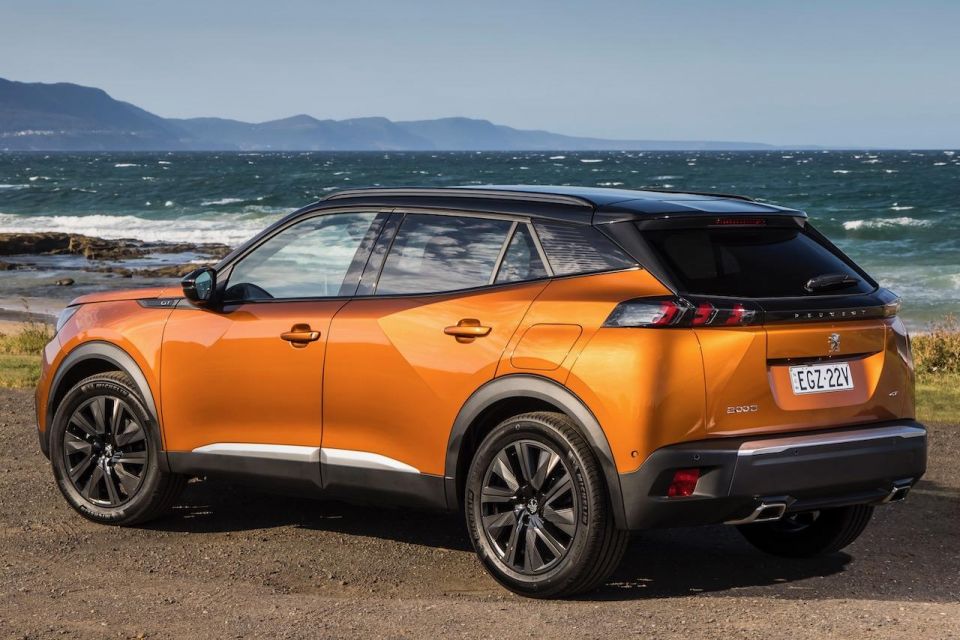
There’s also rear parking sensors, electric heated and power-folding door mirrors, and tinted rear windows.
Inside you’re greeted with tasteful combination leather and cloth upholstery which is a good option for Aussie summer.
Additionally, you get climate control, an auto-dimming rear-vision mirror, Peugeot’s 10-inch configurable i-Cockpit driver’s instrument display, and a 7.0-inch touchscreen infotainment screen with Apple CarPlay and Android Auto.
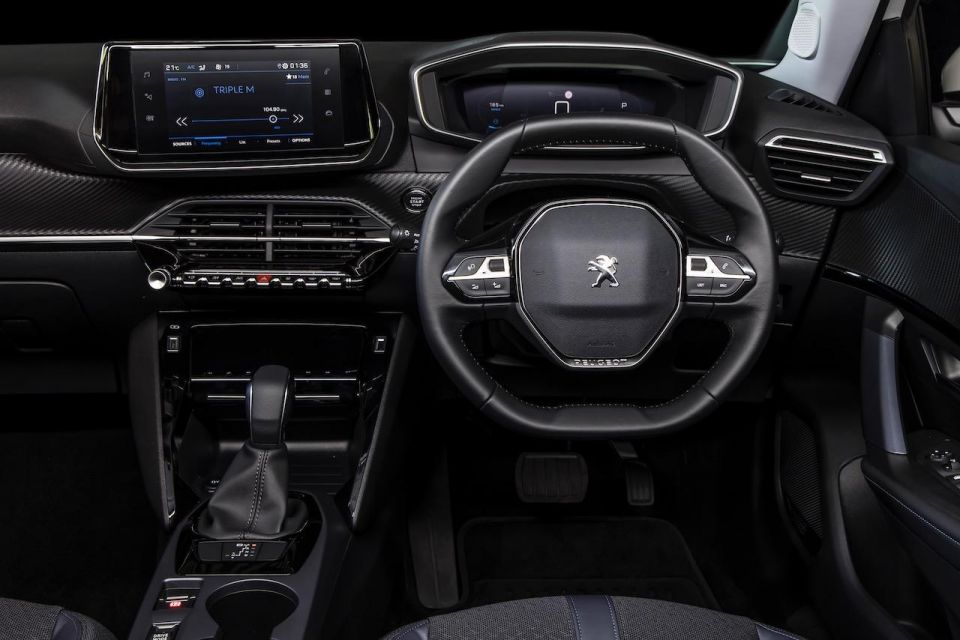
Moreover, there’s a superb leather-wrapped steering wheel and DAB digital radio through a six-speaker audio system.
The top-spec 2008 GT Sport adds a host of equipment such as Nappa leather full grain upholstery with double-stitch needle work, electric driver’s seat adjustment with massaging and heating, park assist, front and rear parking sensors, keyless entry and start, a frameless auto-dimming mirror, and paddle shifters.
GT Sport buyers also get eight-colour ambient lighting, aluminium pedals, front and rear mats, a full-grain leather perforated steering wheel and shift lever, and stainless steel door sill scuff plates.
Its i-Cockpit gets 3D satellite navigation and there’s a 10-inch infotainment screen (replacing the 7.0-inch unit in the Allure).
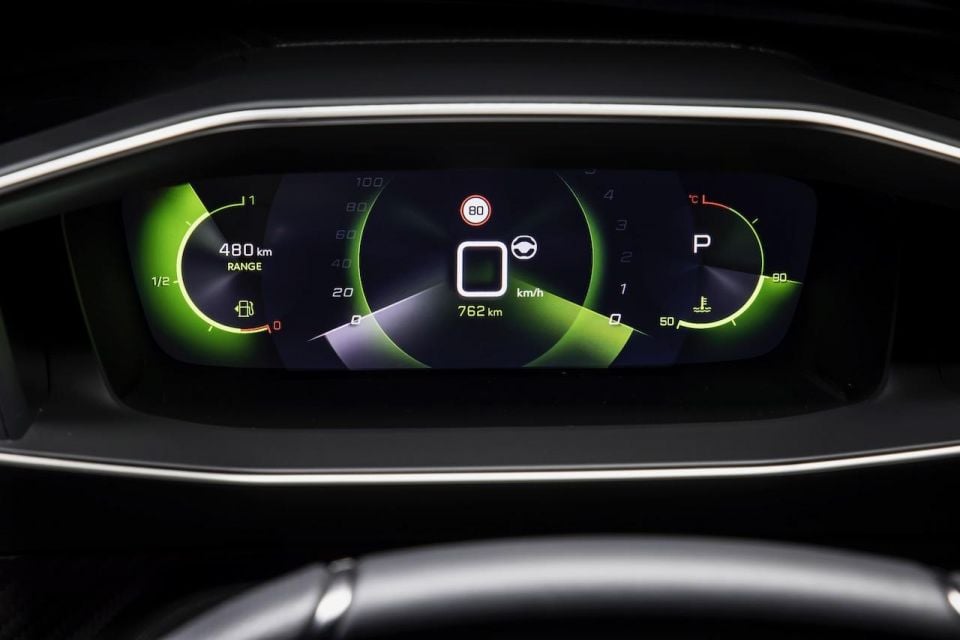
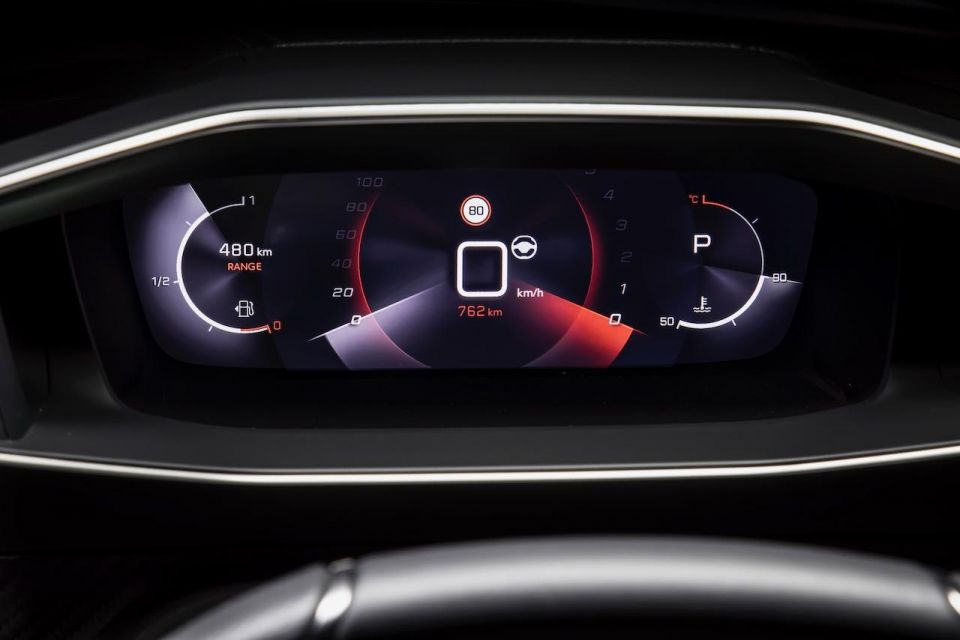
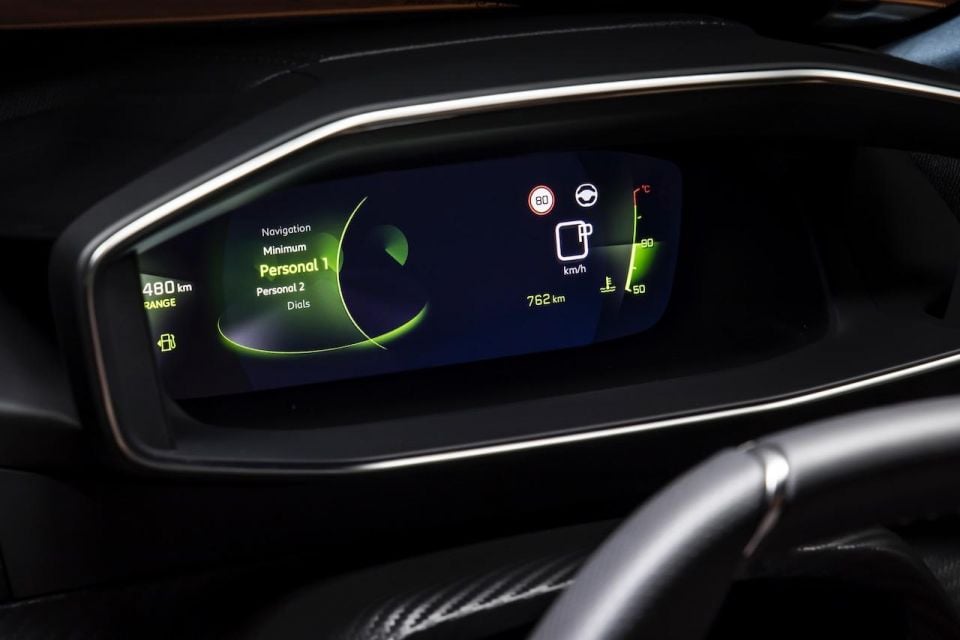

The wheel and tyre package is also larger with 18-inch Onyx black alloys wheels, while the Eco LED headlights are ditched for full LEDs with automatic high beam.
The current Peugeot 2008 hasn’t been awarded an ANCAP rating, but it scored four stars in 2019 testing by Euro NCAP without the Safety Pack and five stars with it fitted.
Given our 2008 comes loaded with a full active safety suite as standard, it’s likely the better rating would apply.
The top-scoring 2008 was awarded a 93 per cent rating for adult occupant protection, 84 per cent for child occupant protection, 73 per cent for vulnerable road user protection, and 73 per cent for safety assist.
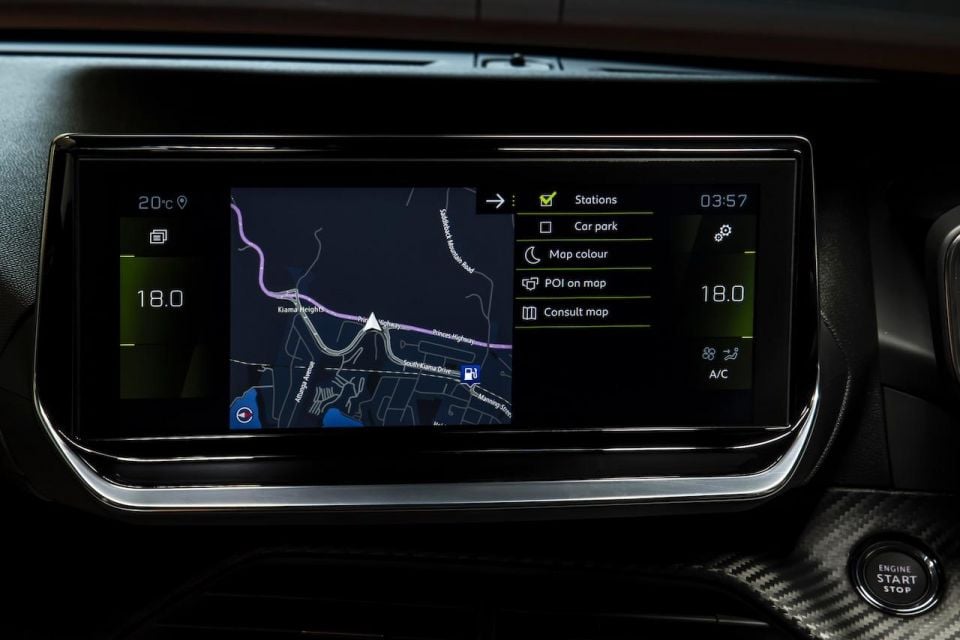
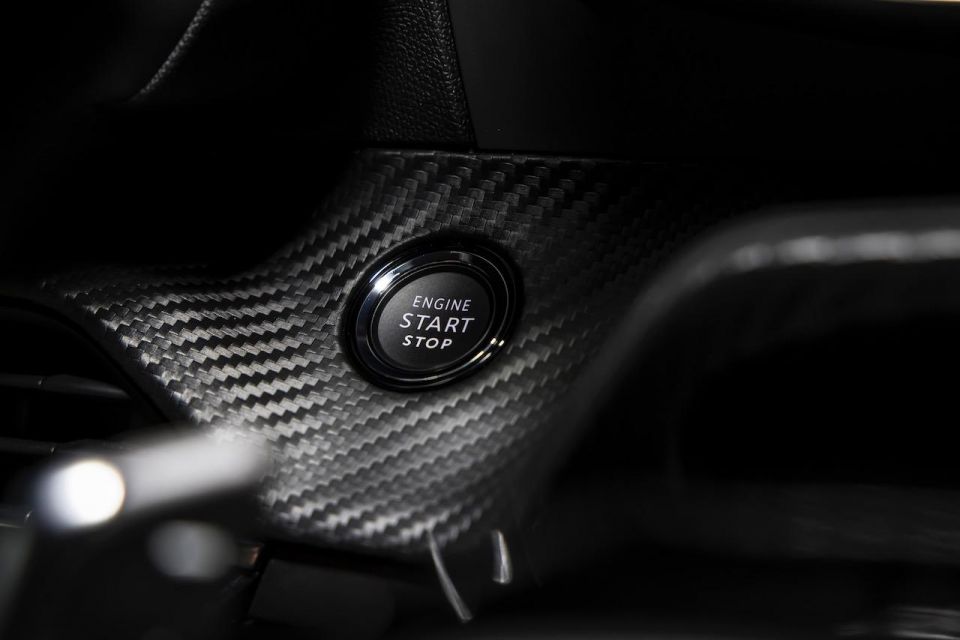
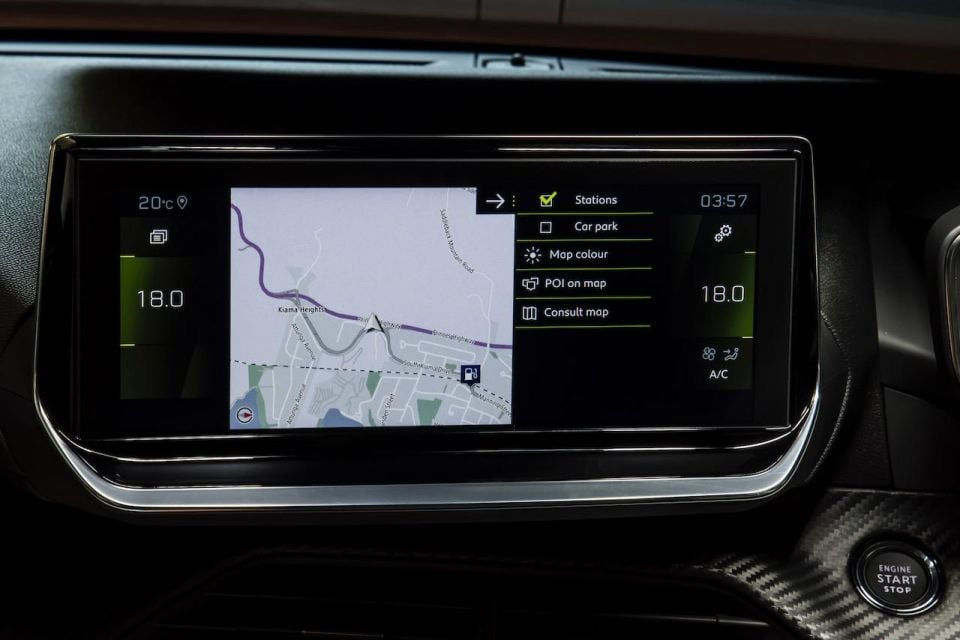
Standard on both 2008 variants is autonomous emergency braking with pedestrian detection, as well as six airbags, driver fatigue warning, forward collision warning, hill descent control, single-press electric windows, and a tyre-pressure monitoring system.
The GT Sport adds low-light cyclist and pedestrian detection to its AEB system, plus blind-spot monitoring, and adaptive cruise control with stop/go function.
It’s very cool. Futuristic, even. The highlights are the 3D digital instrument display, especially in the GT Sport that gets the built-in navigation. It’s uncluttered, because the primary information such as speed, range, and drive mode is displayed in the foreground, while secondary info pushed to the background.
In all there are six different layouts of which two are customisable. The small steering wheel is fun once you get used to it, but problems can arise in setting up the wheel without blocking part (or all) of the instrument display itself.
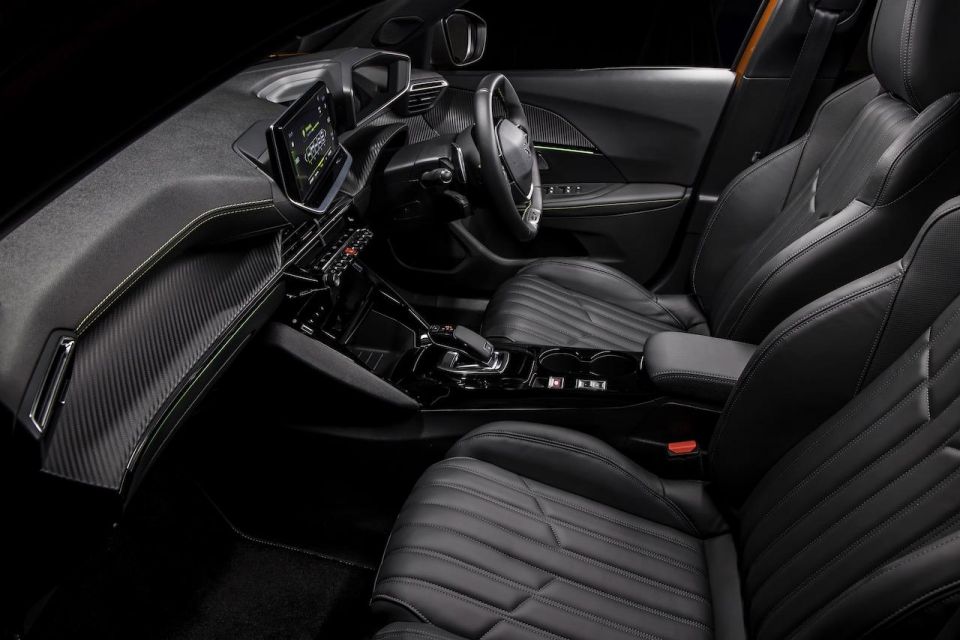
When you set the steering wheel in a relatively high position (like me) it blocks the entire screen, which requires you to drop the wheel to its lowest position. It’s different, but you do get used to it relatively quickly.
The infotainment touchscreen is perfectly position for maximum usability with a full suite of shortcut buttons below. Although there are two banks of buttons (touch and toggles), the dash and console looks and feels clean and uncluttered.
All the materials at eyeline are soft touch, while even those below are mix of soft and hard with the latter still relatively polished as far quality goes.
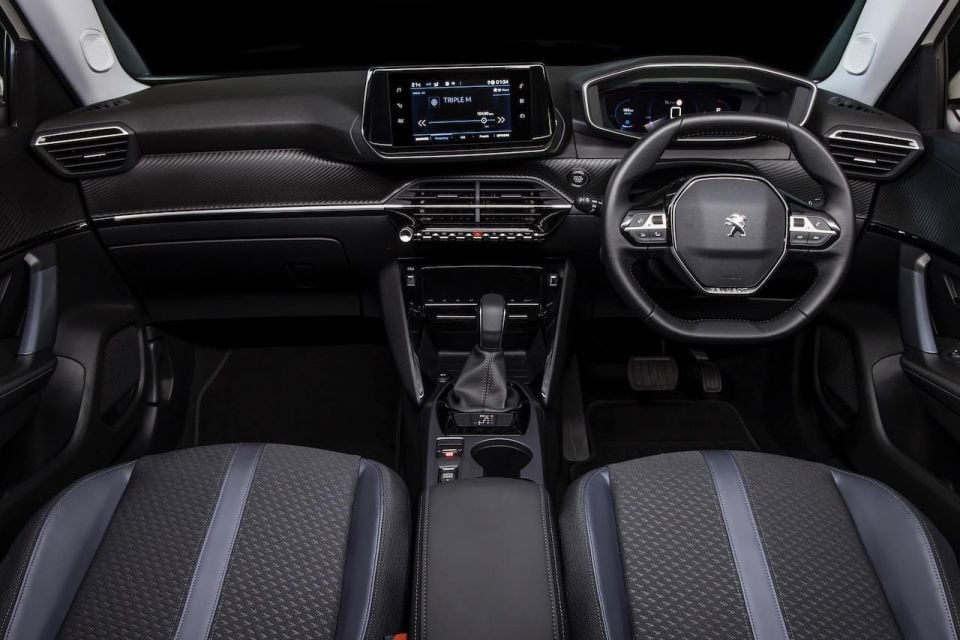
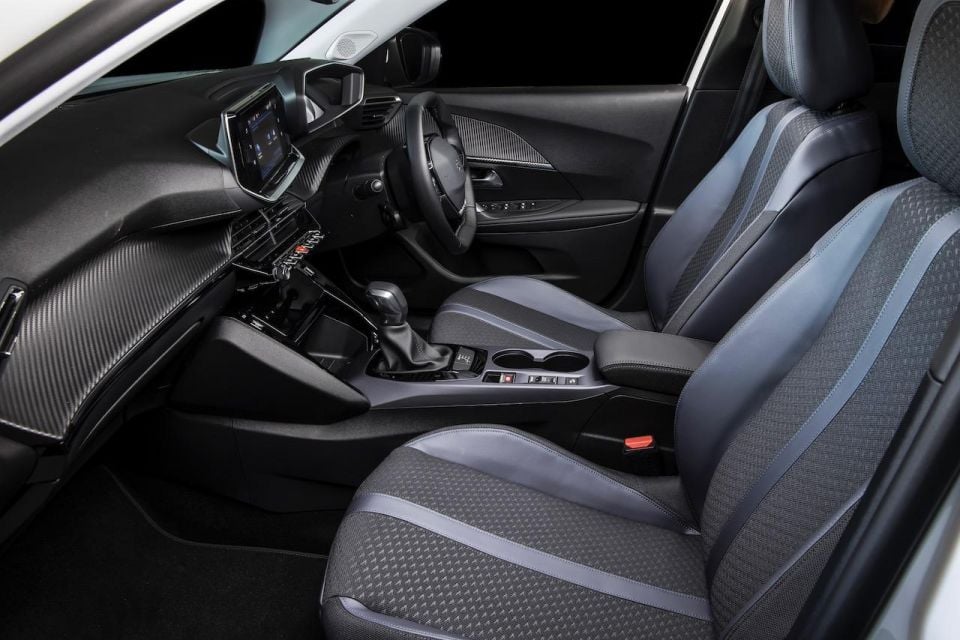


No doubt about it, this is an exciting place to spend some time. It’s also a comfortable place to be, regardless of which trim you’re in. The Nappa leather is sumptuous and the bolsters minimise unwanted movement in the seat.
There’s plenty of storage spots front and rear and a wireless charging cradle in the GT Sport, while both trims get USB and USB-C ports. There’s also rear air vents and 434 litres of boot space behind the rear seats, expanding to 1467 litres when folded. Actually, there’s more if you count the space below the adjustable boot floor.
Peugeot calls the engine in the Allure the PureTech 130. It develops 96kW of power at 5500rpm and 230Nm of torque at just 1750rpm from its 1.2-litre displacement, and is paired with a six-speed automatic transmission driving the front wheels.
The 2008 GT Sport ups the ante with a higher tune (dubbed PureTech 155), producing 114kW and 240Nm to the front wheels through an eight-speed automatic.
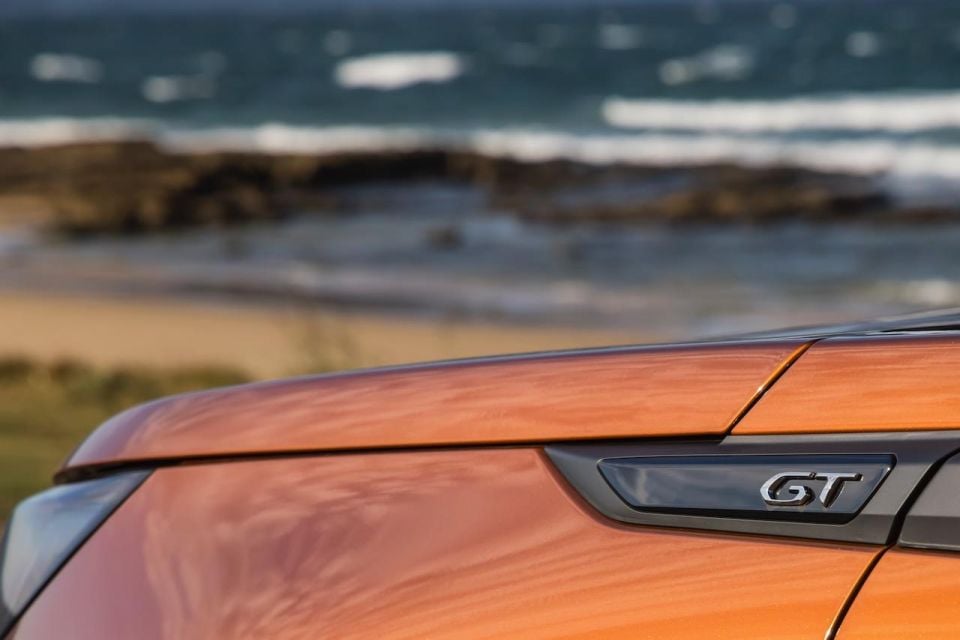
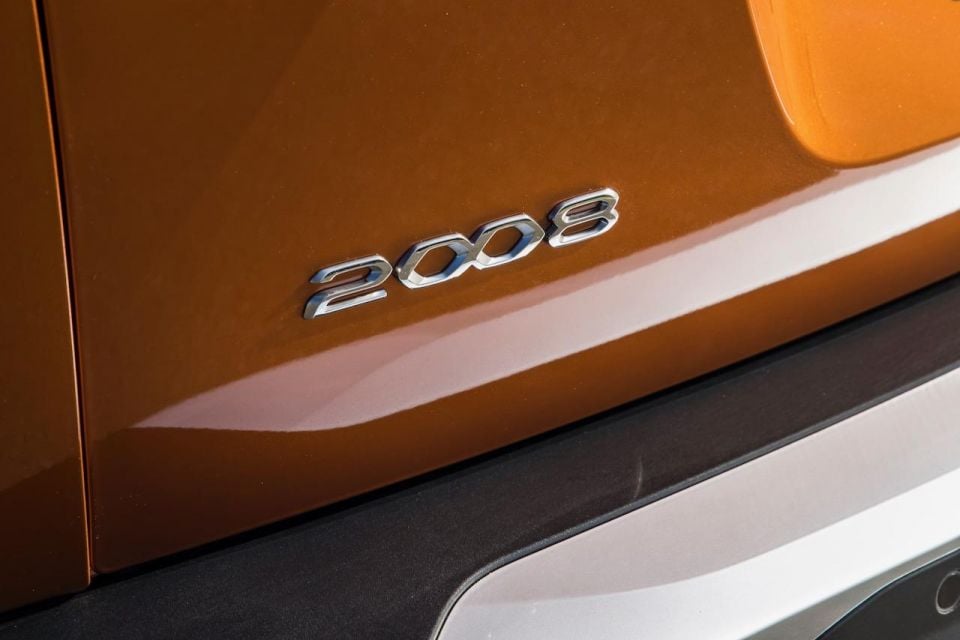
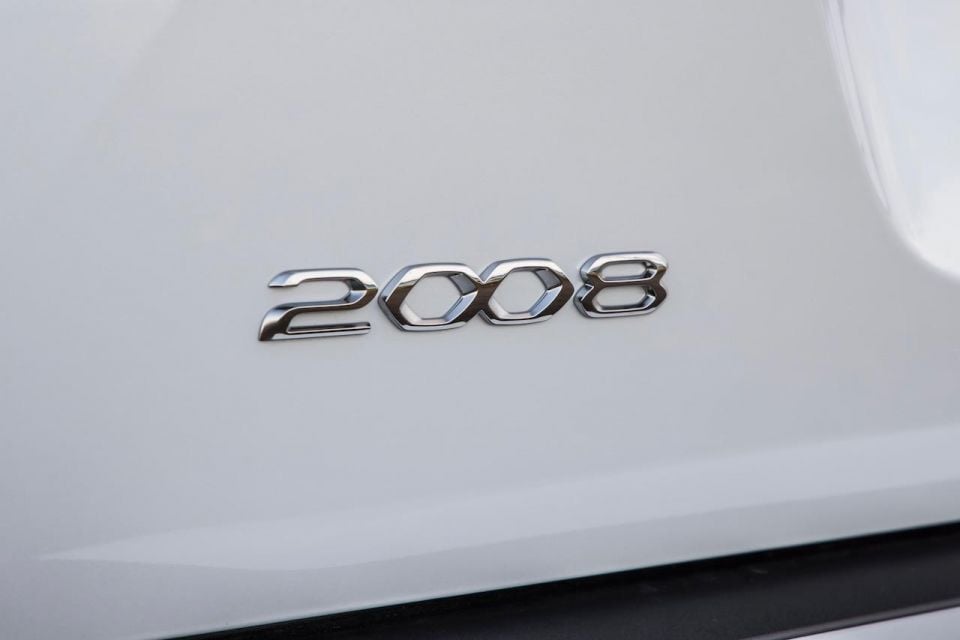
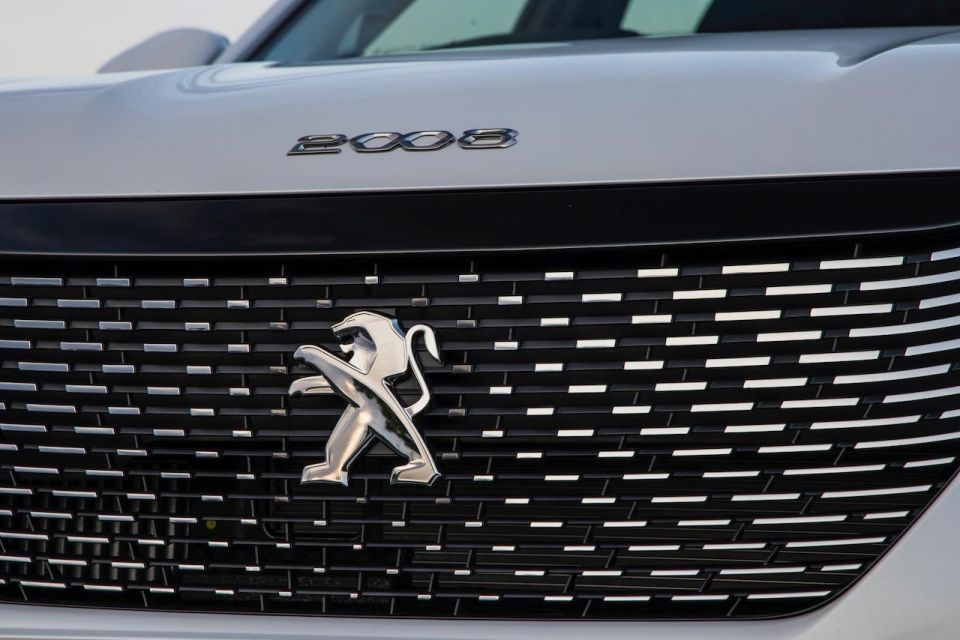
The engine itself has undergone a raft of modifications a new turbo with a higher flow rate, specific spark plugs and injectors, new crankcase bearings and connecting rod bearings, and a crankshaft with improved geometry.
Peugeot claims 0-100km/h in 9.3 seconds for the Allure with a top speed of 199km/h, and 8.7 seconds for the GT Sport and a max speed of 213km/h.
Both variants get a 44-litre fuel tank and both are relatively frugal in their fuel consumption with the Allure claiming 6.5L/100km on a combined cycle, while the higher output GT Sport claims 6.1L/100km thanks to its eight-speed transmission.
While those outputs above might seem small to some, the 2008 tips the scales at just 1247kg so the diminutive three-cylinder turbo is wonderfully punchy from the get-go with a growly note to boot.
We kicked off in the higher-powered GT Sport, and punting it around the traps on the very-average roads near Sydney’s Akuna Bay you’d be hard-pressed to level any complaints about the way it performs – especially in the wet.
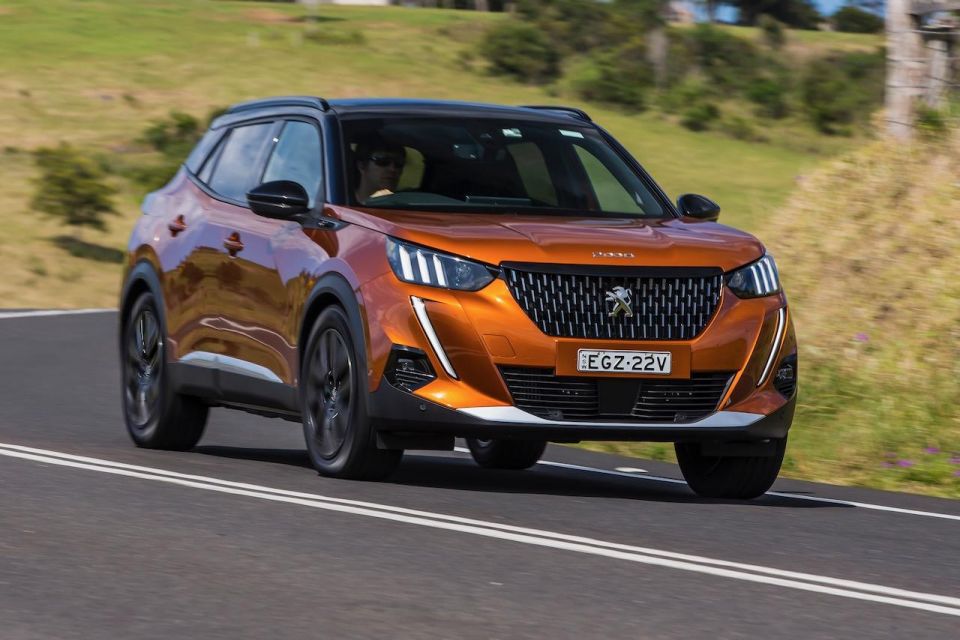
Where expert car reviews meet expert car buying – CarExpert gives you trusted advice, personalised service and real savings on your next new car.
The three-pot pulls well from anywhere in the rev range and keeps revving with plenty on tap for those more enthusiastic moments. I’m a fan of the eight-speed automatic, too, in that it faded neatly into the background.
Throttle response is relatively sharp, and the engine note in Sport is one of the better sounding three-pots to date. The roads around those parts allow for plenty of corner carving so paddle shifters are put to good use and again, they work well in this car.
The lower-powered Allure has no paddles, but that didn’t stop me or my colleague from reaching for them. It just felt right with this powertrain.
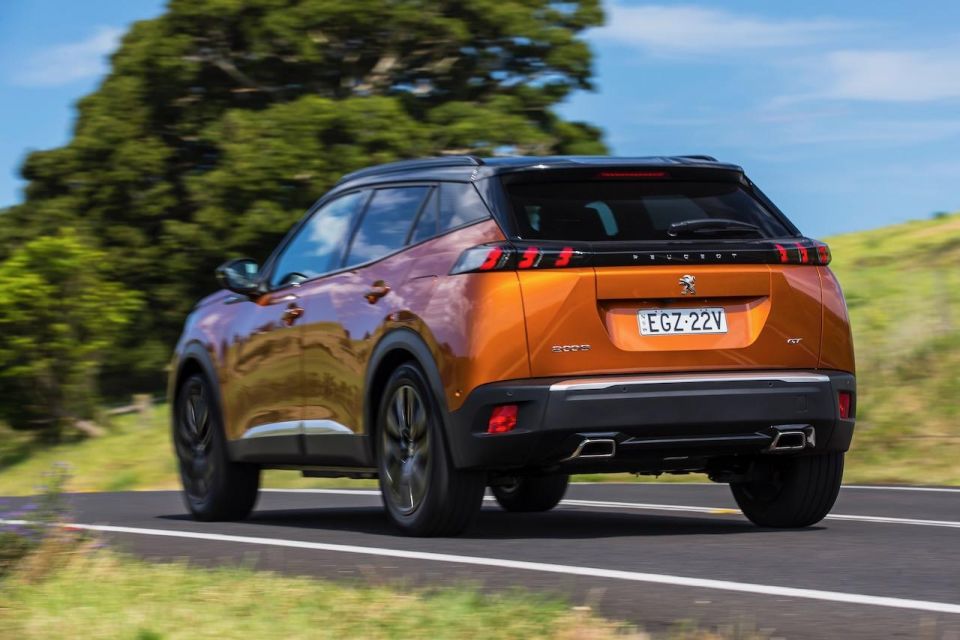
The performance gap between the two variants didn’t feel like there was much in it, but again the drive time was limited so we’re looking forward to getting the 2008 through the CarExpert garage for a far more substantial test.
The chassis feels well sorted with solid poise through the tighter turns and decent feedback through the nicely-weighted steering wheel.
Riding on 18-inch wheels shod with high-profile Michelin 215/55 section tyres, we might have expected the ride to offer more compliance than we experienced. Smoother road surfaces were fine, but once we hit some not-so-good course chip stuff the ride became brittle.
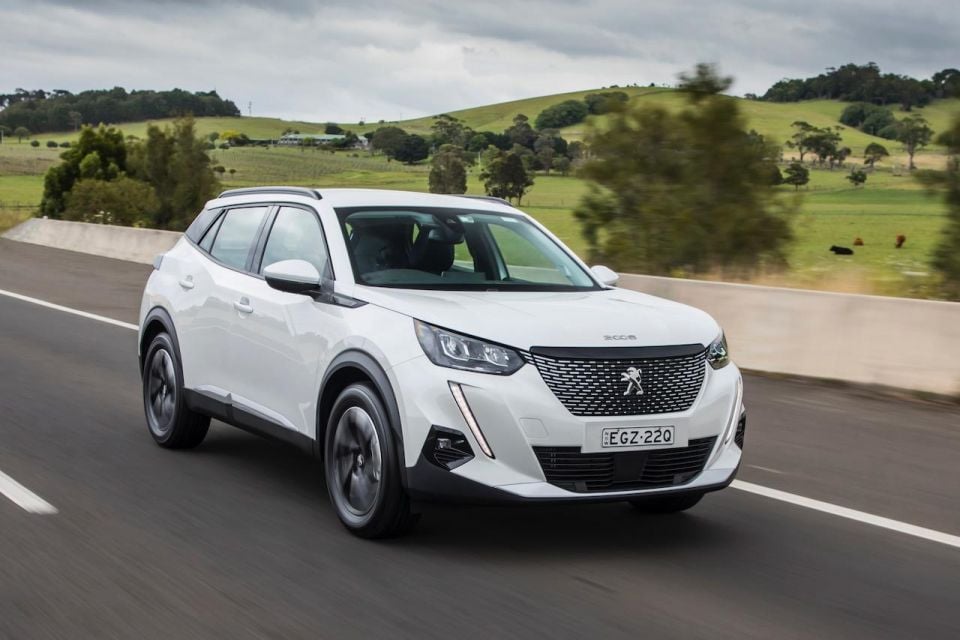
Hopping into the Allure on the return trip was a stark contrast thanks in part to its 17-inch 215/60 section rubber that improved the 2008’s ride compliance by sizeable margin.
We’d like the powertrain in the GT mated to the wheel, tyre, and suspension package in the Allure.
The 2008 comes with a five-year, unlimited-kilometre warranty with five years of roadside assist and five years of capped-price servicing, pricing of which is yet to be announced.
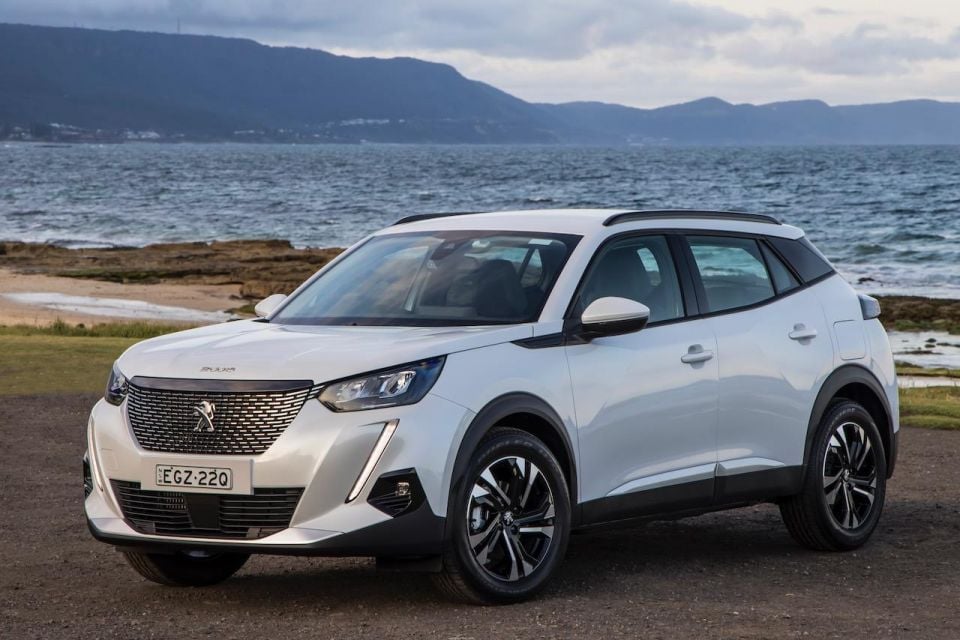
Peugeot has nailed the design with its new 2008. Overall it’s possibly the best looking SUV in its class. It also has a drivetrain that performs far better than expected – this is a fun-to-drive SUV in all conditions.
The chassis works well as far as body control goes, but ride comfort is undermined in the GT Sport by larger wheels and a stiffer suspension tune. It’s perfect in the less expensive Allure variant.
The cabin, too, is an exciting place to be and comfortable with loads of equipment – not to mention plenty of useful carrying capacity – though you’ll need to find a suitable steering wheel position, which may be problematic for some.
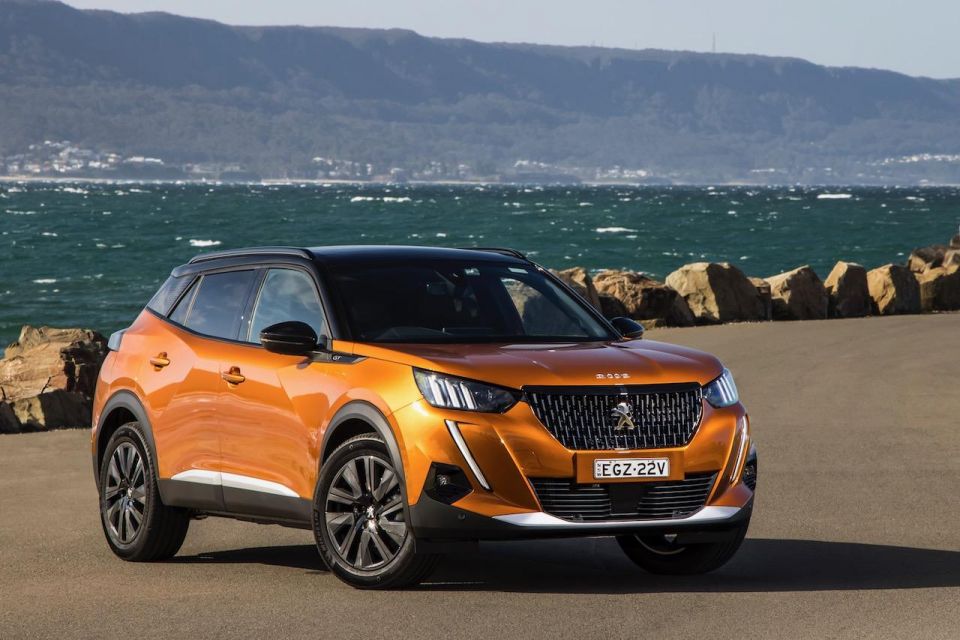
Pricing seems a tad high to me, but time will tell. Nevertheless, put it on your shortlist. There’s much to like about this fancy French SUV.
Where expert car reviews meet expert car buying – CarExpert gives you trusted advice, personalised service and real savings on your next new car.
Anthony Crawford is a CarExpert co-founder and senior presenter with 20+years in automotive journalism and content creation.


Damion Smy
10 Hours Ago
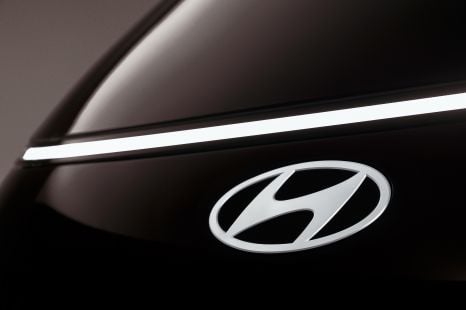

Damion Smy
13 Hours Ago
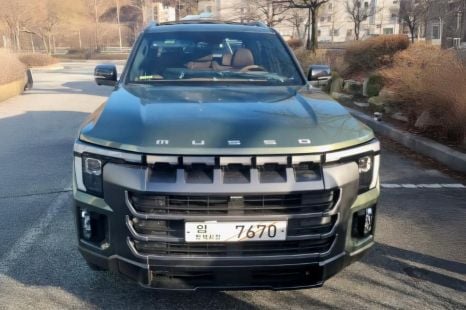

Damion Smy
16 Hours Ago


Damion Smy
18 Hours Ago
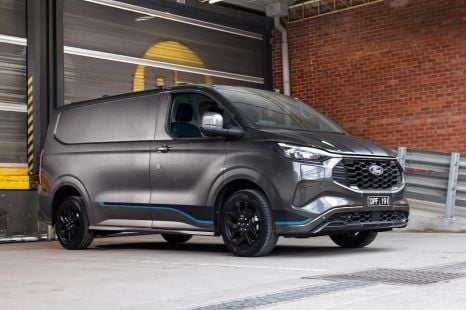

Damion Smy
18 Hours Ago


Damion Smy
19 Hours Ago